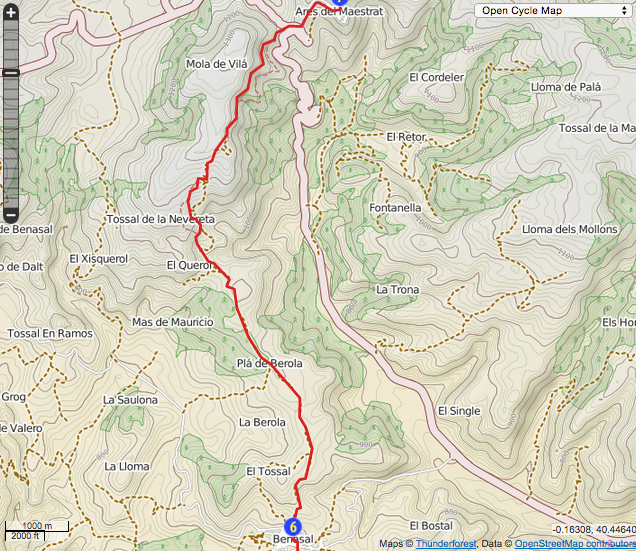I enjoyed
last year's cycling trip to France so much that I decided to do it again this time dragging Christine along as well. It was a great success and if anything things have got even better there for cyclists since last year.
Going with Christine gave me a good excuse to repeat some of last year's route. Once again, I took the overnight ferry from Plymouth to Roscoff and cycled along the Velodessey route across Brittany to Nantes. Following the
Brest Nantes canal, the route is a brilliant 4 day introduction to easy French off-road cycling.
At Nantes we headed east (the Velodessey continues down the coast to Hendaye on the border with Spain) and along the Loire route to Ancenis turning north next day
at Angers on day 6. Following a new route, La Vélo Francette we arrived in Caen after another 3 day's to catch a ferry to Portsmouth and home. Everything worked, and although we had a couple of damp days in Brittany, we enjoyed good weather for the rest of the time.
 |
| No weight watching |
If you have never cycled along the comparatively new French cycle network you are missing a treat - it's amazing and is rapidly becoming a world cycling wonder.
 |
| Veloroutes & greenways |
The network has two elements,
veloroutes and
greenways. The
veloroutes are designed for long distance
multiday trips and are generally off-road, with a surface usually consisting of fine gravel. The
greenways (
velo vertes) are a much higher standard, super smooth and attract a wide range of users from cyclists on road bikes to in-line skaters. These much higher standard routes can still be as long as 50km and we enjoyed such a one on the last day back to Caen.
 |
| Great scenery on the Loire |
Velo routes often follow disused railway lines and canals. As well as being fairly flat and traffic free they are also beautiful - usually tree lined,and often featuring interesting examples of France's industrial heritage.
The network combines high quality with huge scale. The French plan, part of a sustainable transport strategy agreed back in 2004, will deliver a 20,000 km network by 2020 - larger than the French rail network. From an English perspective, admiration is tinged with envy. Our elite cyclists may win gold medals at the Olympics and the Tour de
France but the French have delivered for cyclists
on a much broader scale.
The French themselves are perhaps only just beginning to wake up to the extent of their achievement. When we were there newspapers, as well reporting on record tourist receipts, were also full of stories about visiting cyclists. Apparently every
kilometre of cycle route generates an annual revenue of 80,000 euros
with 600,000 a year using the most Loire route alone.
 |
| A mill on the Mayenee and our accommodation in Grez-Neuville |
Although we saw every sort of cyclist (lots of family groups) the routes were not crowded. We stayed in small hotels and booked ahead using Booking.com. This was a mistake and there is enough accommodation, even in late July, to take a more flexible approach. Each route has its own dedicated
website describing what to expect and providing details of every type of accomodation, including camping, and using this information it is easy to plan each day as it comes.
On the 9 days we averaged about 95kms a day and, to be honest, our days were a bit too long. The
veloroutes are good, but 6 hours or so in the saddle does take its toll, and it wasn't just Christine was feeling sore by the end of each afternoon. Occasionally it's possible to go on-road and take a shortcut along French country roads that, compared to the SE of England, are quiet, but beware these roads are occasionally used by some huge and intimidating lorries. If you're interested in the schedule, we took then please have a look at my page on Viewranger. Search using the code Elpont47, Elpont48 and Elpont49.
If you want to see even more photos
follow this link












